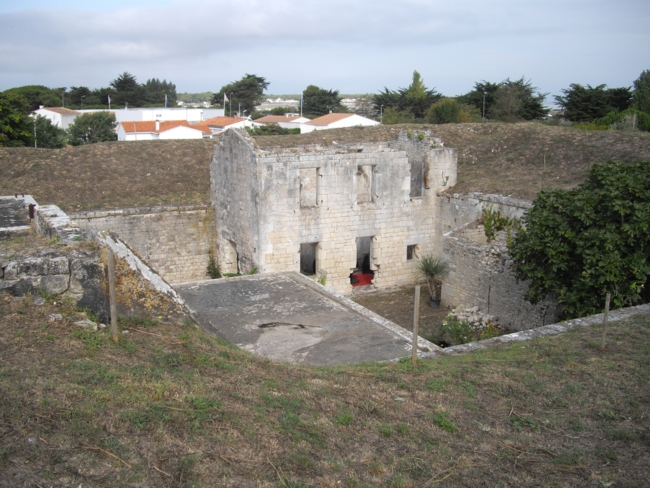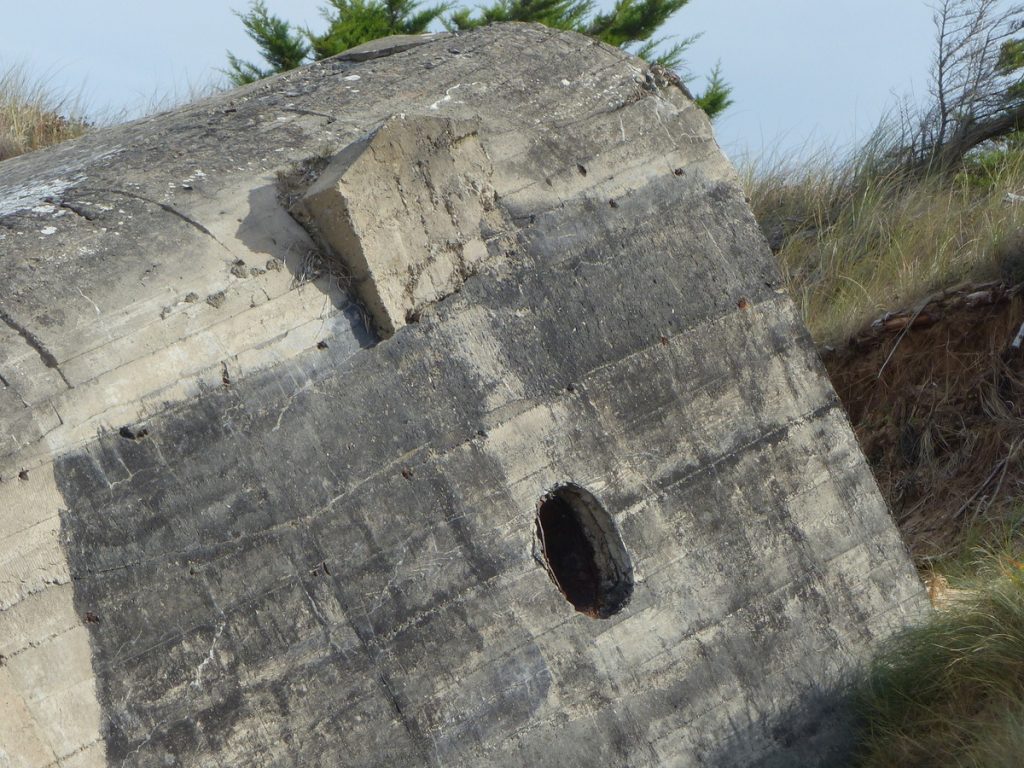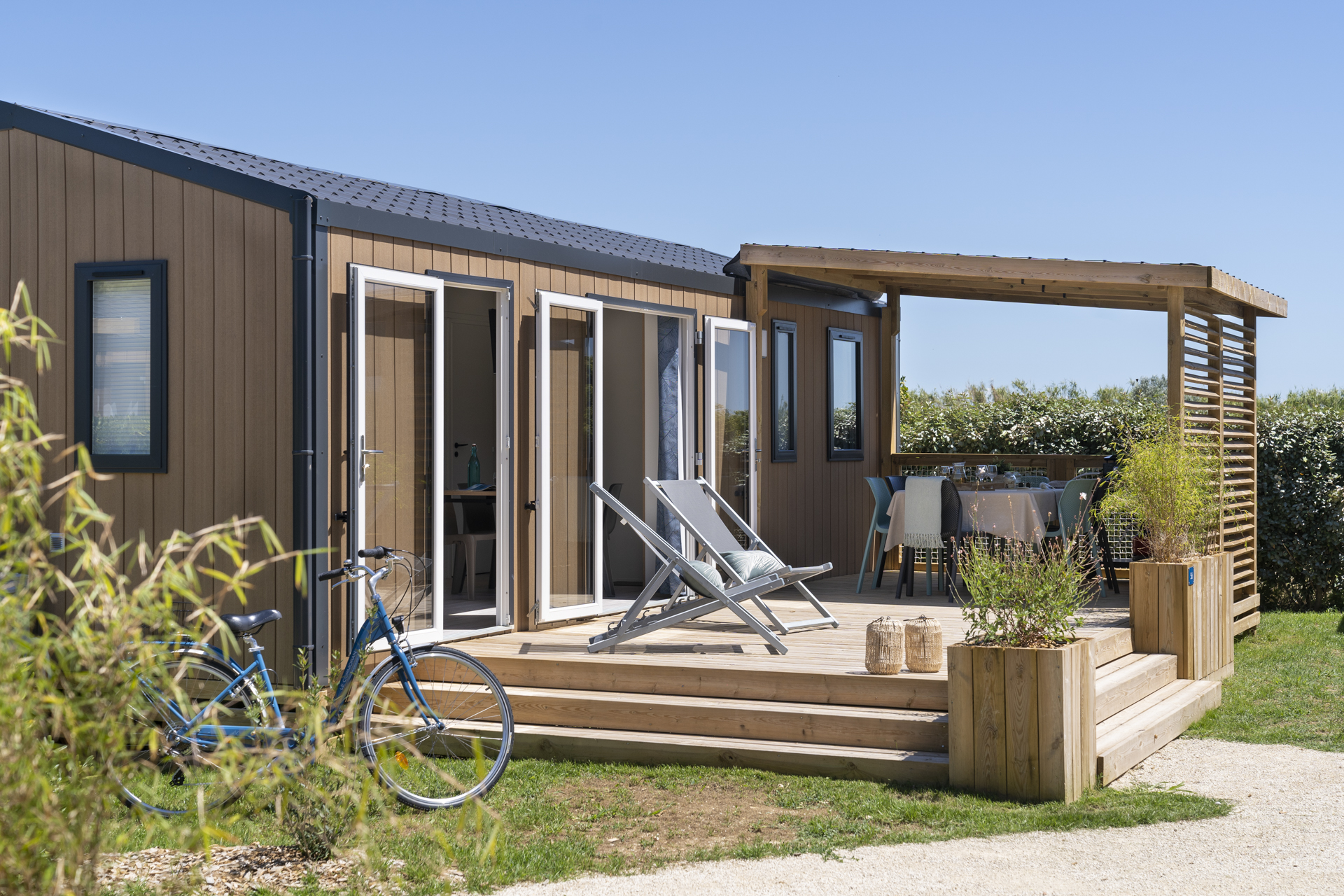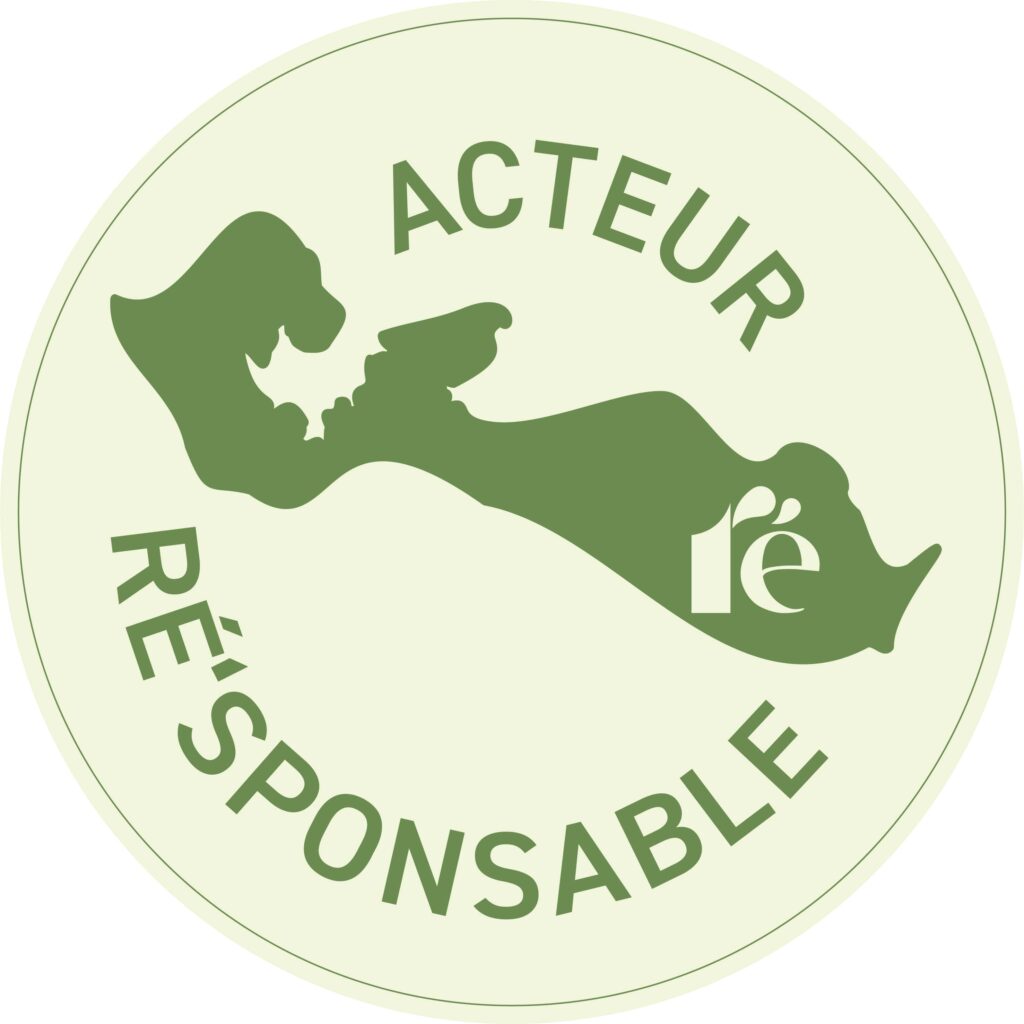Blockhouses on the Ile de Ré

The blockhouses on the Ile de Ré, remnants of the Atlantic Wall
From Rivedoux-Plage in the south to Saint-Clément-des-Baleines in the north, theIle de Ré is home to numerous remnants of the "Atlantic Wall" built by the Germans during the Second World War. Nearly 300 bunkers, blockhouses and pillboxes were erected along the coastline, some still visible, others half-buried in the sand or overgrown.
A little history...
Built by the German army to deter any Allied landing attempts from Great Britain, the Atlantic Wall is a series of powerful coastal fortifications stretching for almost 5,000 km along the Atlantic coast, from northern Norway to southern France. Between 1942 and 1944, the Organisation Todt - Nazi Germany's civil and military engineering group - built almost 300 bunkers, pillboxes, artillery batteries and radar stations on the island of Ré. The aim: to defend the La Rochelle submarine base and prevent any air or sea landings on the mainland. Each position was named after a German woman (Kora, Karola, Fanny, Herta, Lola...).
The Kora Karola drum kit from Ars-en-Ré
In Ars-en-Ré, the two Kora Karola coastal batteries can still be seen in the Combe à l'Eau forest. At the heart of a 40-hectare military complex, it's the island's largest battery, with a 23-metre-high concrete tower and two 203 mm batteries.
The Fanny and Herta positions, Bois-Plage-en-Ré
The Bois-Plage dunes are home to the Fanny and Herta coastal batteries, the most important artillery position after Kora Karola. It was here that the general command post for the Île de Ré was located. Each was armed with a 150 mm cannon. A secondary observatory served as a watchtower, while a searchlight swept the pertuis throughout the night.
The Sablanceaux battery
At the entrance to the island, the Redoute de Sablanceaux, built by Vauban in 1674, was occupied by the Germans. The Germans built an observation blockhouse in the south guardhouse, as well as two anti-aircraft guns.

La Prée fort
Just outside Rivedoux, on the road to La Flotte, the Reich army took over Fort La Prée in 1942, integrating the "Berta" battery: an observation blockhouse and a telecommunication blockhouse to monitor the harbor of La Rochelle.
The Martray redoubt
In Ars-en-Ré, the Germans transformed the Martray redoubt, another stronghold built by Vauban in the 17th century, into an infantry strongpoint, code-named "Ilse". In 1942, German engineers installed a double casemate, armed with an anti-tank gun and an MG machine gun, to keep watch over the cove and the Martray beach.
Until Germany surrendered on May 8, 1945, this link in the Atlantic Wall on the Ile de Ré was never attacked or bombed. These blockhouses have remained intact for over 80 years. Some blockhouses were less fortunate. To protect the dune and forest, the municipality had to demolish four blockhouses on the Saint-Clément-des-Baleines beach in 2016. They had been used as backdrops for the film "The Longest Day", retracing the D-Day landings on Omaha Beach. Other bunkers have found a more playful use. They have been rehabilitated and are now inhabited by families.










